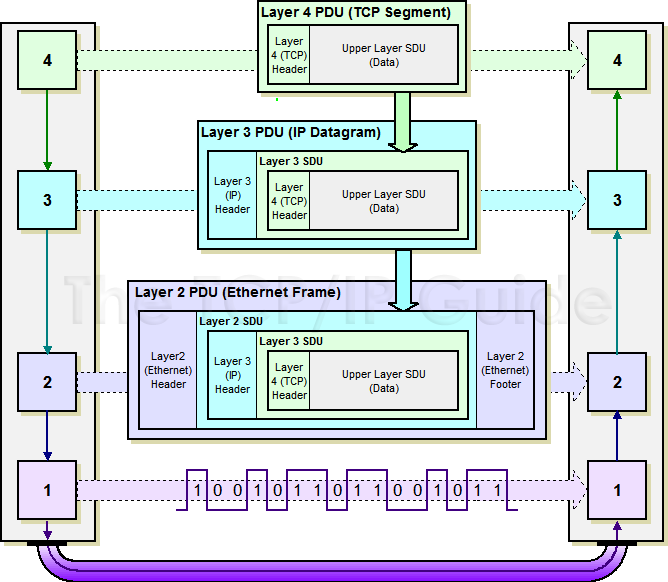 |
|
Please Whitelist This Site?
I know everyone hates ads. But please understand that I am providing premium content for free that takes hundreds of hours of time to research and write. I don't want to go to a pay-only model like some sites, but when more and more people block ads, I end up working for free. And I have a family to support, just like you. :)
If you like The TCP/IP Guide, please consider the download version. It's priced very economically and you can read all of it in a convenient format without ads.
If you want to use this site for free, I'd be grateful if you could add the site to the whitelist for Adblock. To do so, just open the Adblock menu and select "Disable on tcpipguide.com". Or go to the Tools menu and select "Adblock Plus Preferences...". Then click "Add Filter..." at the bottom, and add this string: "@@||tcpipguide.com^$document". Then just click OK.
Thanks for your understanding!
Sincerely, Charles Kozierok
Author and Publisher, The TCP/IP Guide
|
|
|

Custom Search
|
 |
The TCP/IP Guide 9 The Open System Interconnection (OSI) Reference Model 9 Key OSI Reference Model Concepts |
|
Data Encapsulation, Protocol Data Units (PDUs) and Service Data Units (SDUs)
(Page 2 of 3)
Data Encapsulation in TCP/IP
The “N-1, N-2” stuff makes this seem more difficult than it really is, so let’s use a real-world (simplified) example instead. The Transmission Control Protocol (TCP) operates at layer 4 of the OSI model. It transmits messages called segments that contain data encapsulated from higher-layer protocols. The layer below TCP is the Internet Protocol (IP) at layer 3. It receives data from TCP and encapsulates it for transmission.
So, in the formal language of the OSI Reference Model, TCP segments are created as layer 4 PDUs. When passed to IP, they are treated as layer 3 SDUs. The IP software packages these SDUs into messages called IP packets or IP datagrams, which are layer 3 PDUs. These are in turn passed down to a layer 2 protocol, say Ethernet, which treats IP datagrams as layer 2 SDUs, and packages them into layer 2 PDUs (Ethernet frames) which are sent on layer 1. (Actually, in some technologies further encapsulation even occurs at layer one prior to transmission.)
On the receiving device, the process of encapsulation is reversed. The Ethernet software inspects the layer 2 PDU (Ethernet frame) and removes from it the layer 2 SDU (IP datagram) which it passes up to IP as a layer 3 PDU. The IP layer removes the layer 3 SDU (TCP segment) and passes it to TCP as a layer 4 PDU. TCP in turn continues the process, going back up the protocol layer stack. The complete process is illustrated in Figure 16.
|
This whole matter of passing data up and down the protocol stack, encapsulation and so on may seem needlessly complex. It also may appear to be rather inefficient; why send a message with so many headers and footer? However, the notion of data encapsulation is critical to creating modular, flexible networks.
|
| |||||||||||||||||||
Home - Table Of Contents - Contact Us
The TCP/IP Guide (http://www.TCPIPGuide.com)
Version 3.0 - Version Date: September 20, 2005
© Copyright 2001-2005 Charles M. Kozierok. All Rights Reserved.
Not responsible for any loss resulting from the use of this site.






